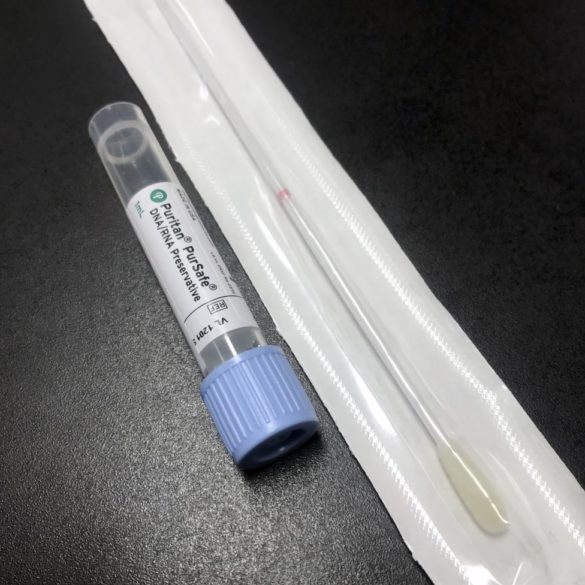
The Colorado Supreme Court in 1993 weighed in for the first time in the state about the admissibility of certain DNA evidence. Just two years later, the Colorado Court of Appeals would cite the case again in an opinion questioning the same issue: Is DNA typing an acceptable and scientifically backed process to identify suspects, and can that evidence be admitted in a trial?
In Fishback v. People, Jeffrey Fishback was convicted of first-degree sexual assault, second-degree burglary and mandatory sentence violent crime. The evidence connecting Fishback to the crimes included the victim’s identification, fingerprint evidence and expert testimony that a DNA profile from seminal fluid from a rape kit matched his blood sample, according to the 1993 court opinion.
Fishback moved to suppress the evidence at trial but the trial court ruled the DNA evidence was admissible under the Frye test established in 1923. Set forth as an admissibility standard in Frye v. U.S., the test stipulates a court must determine if a scientific community in the field in which the evidence belongs agrees that the method in which the evidence was gathered is generally accepted.
The Court of Appeals affirmed Fishback’s convictions, holding DNA typing evidence is generally accepted within the relevant scientific communities and is admissible under the standard set forth in Frye according to the opinion. The Supreme Court affirmed on the same grounds.
The Colorado Court of Appeals ruled just two years later in Lindsey v. People that the DNA evidence used to convict Gregory Lindsey of first-degree sexual assault, second-degree burglary and four habitual criminal counts was admissible under the Frye test. While that case approached the issues with Frye more directly, stating the “scientific disagreement concerning the validity of the statistical techniques employed” was such that the DNA should have been excluded, the court disagreed.
The Lindsey ruling was hotly debated after the U.S. Supreme Court in 1993 ruled in Daubert v. Merrell Dow Pharmaceuticals, Inc. that the Frye test was superseded by the Federal Rule of Evidence 702.
Cases throughout the 1990s in the U.S. Supreme Court explored alternative admissibility standards for DNA evidence, eventually settling around 1999 on a new Daubert Standard. Daubert stipulates trial judges may consider the methodology and extends considerations to include nonscientific evidence. Evidence’s relevance, reliability, illustrative purposes and backing with expert testimony are all included in the new gatekeeping role of judges established by Daubert.
This article appeared in the March 15 issue of Law Week Colorado. To read other articles from that issue, order a copy online. Subscribers can request a digital PDF of the issue.


